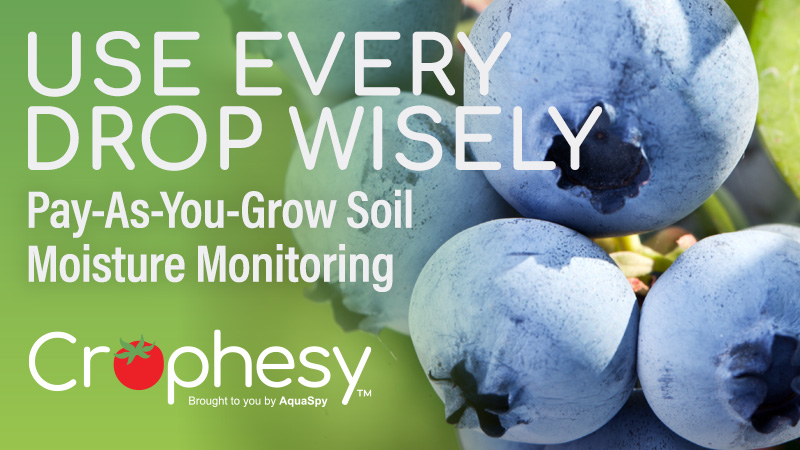Making It Work in 2021: American Vegetable Growers Have What It Takes
A couple years ago, we decided to conduct American Vegetable Grower’s State of the Vegetable Industry Survey in the winter instead of the late fall. The new timing meant we sent out last year’s Survey just when we heard the first murmurings about COVID-19. About halfway through collecting responses, much of the country went into lockdown in an attempt to slow down the spread.
This year, you had a full year of pandemic growing to report on. And last fall, we conducted our study on how COVID-19’s repercussions affected you.
This is a long-winded way to say you’ve been reporting to us since the beginning on how the pandemic impacted your operation.
The feedback? Surprisingly good, actually.
In the first few months of the pandemic-induced shutdowns, we saw some reduction in production plans. Those plans ultimately reversed for most of you, and we saw the highest levels of production in years.
Since vegetable growers are the main crop group supplying restaurants, food service taking such a hit had grim implications. But most of you who sell to food service reported you were able to pivot and find a market locally. It turns out a pandemic made locally grown, fresh produce alluring, driving demand through the roof.
That’s not to say all of you had a great year. It’s easy to look at statistics and forget there are people behind those numbers. Some reported lower production and lower prices.
Which is why I decided to track down some growers to tell the story of this year’s survey results. We tell the story of this past year through their lens. It’s also one reason why we used the theme of “I am an American vegetable grower” throughout the July issue.
You have a great deal in common with your fellow growers. Yet you and your vegetable operation are highly individual. We have a diverse industry, and the only way to reflect it is to shine a light on several of you.
One of the first growers you meet in our coverage seems to personify 2020. South Carolina-based Kimberley Plemmons had biblical weather — a flood, snow, and tornado in a week’s span, followed by an earthquake about a month later. But even she reported her production levels were up, if only slightly (less than 5%).
Our industry faced just about the toughest year anyone could dream up. And true to the typical vegetable grower make-it-work ethos, you guys found ways every day to shore up your business. It’s wonderful to see the end results.
Oh, One More Thing…
There were many, many more 2021 State of the Vegetable Industry Survey results that we did not have room to share. Here is one key statistic you’ll want to see:
Crop Prices Increase Overall
Three years ago, we began asking how your crop prices compared to 10 years ago. In 2017, 45% said prices were either flat or had dropped. Considering inflation rates over that time were 17.5%, that was alarming. As you’ll see below, only 30% report flat-to-down prices. Mind you, that’s still a dismal percent, but a 15-point improvement in a mere three years is good. The inflation rate between 2010 and 2020 was 18.7%.
We wish to thank our sponsor for its support of our 2021 State of the Vegetable Industry reporting.











